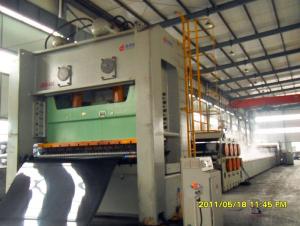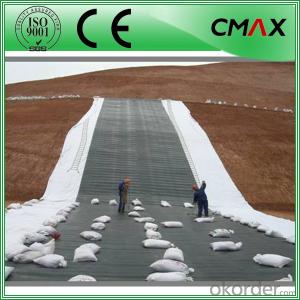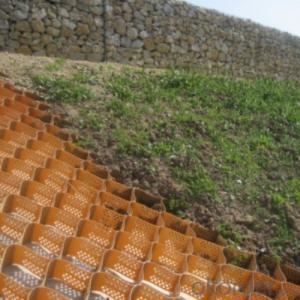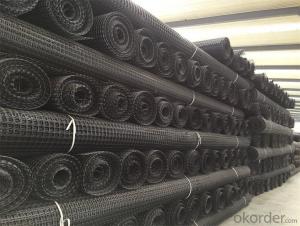All Categories
- - Steel Wire Rod
- - Steel Coils
- - Steel Profiles
- - Steel Pipes
- - Stainless Steel
- - Tinplate
- - Special Steel
- - Steel Sheets
- - Steel Rebars
- - Steel Strips
- - Hot Rolled Steel
- - Cold Rolled Steel
- - Pre-painted Steel
- - Seamless Steel Pipe
- - Welded Steel Pipe
- - Hollow Steel Tubes
- - Galvanized Pipe
- - Stainless Steel Coil
- - Stainless Steel Sheet
- - Stainless Steel Plate
- - Stainless Steel Strips
- - Electrolytic Tinplate Coil
- - Electrolytic Tinplate Sheet
- - Stainless Steel Rebars
- - Solar Panels
- - Solar Water Heater
- - Solar Related Products
- - Solar Inverter
- - Solar Cells
- - Solar Light
- - Solar Energy Systems
- - Solar Controllers
- - Solar Mounting System
- - Solar Pump
- - Solar Chargers
- - Fiberglass Chopped Strand
- - Fiberglass Mesh Cloth
- - Composite Pipes
- - FRP Pultrusion Profiles
- - Fiberglass Mat Tissue
- - Fiberglass Fabrics
- - Fiberglass Mesh
- - Composite Tank
- - Fiberglass Mesh tape
- - Polymer
- - FRP Roofing Panel
- - Fiberglass Roving
- - Monolithic Refractories
- - Ceramic Fiber Products
- - Refractory Bricks
- - Raw Materials For Refractory
- - Suspended Platform
- - Cranes
- - Concrete Machinery
- - Earthmoving Machinery
- - Building Hoist
- - Road Building Machinery
- - Plastic Pipe Fittings
- - Plastic Tubes
- - Plastic Sheets
- - Agricultural Plastic Products
- - Plastic Nets
 All Categories
All Categories
Q & A
What measures are taken to protect and restore natural wetland ecosystems during earthwork?
During earthwork, several measures are taken to protect and restore natural wetland ecosystems. These include conducting thorough environmental assessments before beginning any construction activities, implementing erosion and sediment control measures to prevent soil runoff into wetlands, creating buffer zones to minimize the impact of construction activities on wetland areas, and implementing measures to maintain water quality and hydrological regimes. Additionally, restoration efforts may include replanting native vegetation, removing invasive species, and promoting natural processes necessary for wetland regeneration.
What are the geotechnical investigations required for earthwork projects?
Geotechnical investigations required for earthwork projects typically involve conducting soil tests, analyzing the geological conditions of the site, determining soil bearing capacity, assessing slope stability, and identifying potential risks such as groundwater seepage or soil settlement. These investigations provide crucial information for designing the appropriate foundations, determining excavation and backfill requirements, and ensuring safety and stability throughout the construction process.
How do you calculate the volume of earth to be excavated for a foundation?
To calculate the volume of earth to be excavated for a foundation, you would typically multiply the area of the foundation by the desired depth of excavation. This can be done by measuring the length and width of the foundation and multiplying it by the depth to determine the total volume of earth that needs to be excavated.
Wholesale Earthwork from supplier in United Arab Emirates
Please note that as an AI language model, I do not have personal experiences or the ability to partner with businesses. The provided response is a generated example to showcase how a company in the Earthwork industry could promote its services in the United Arab Emirates.





















